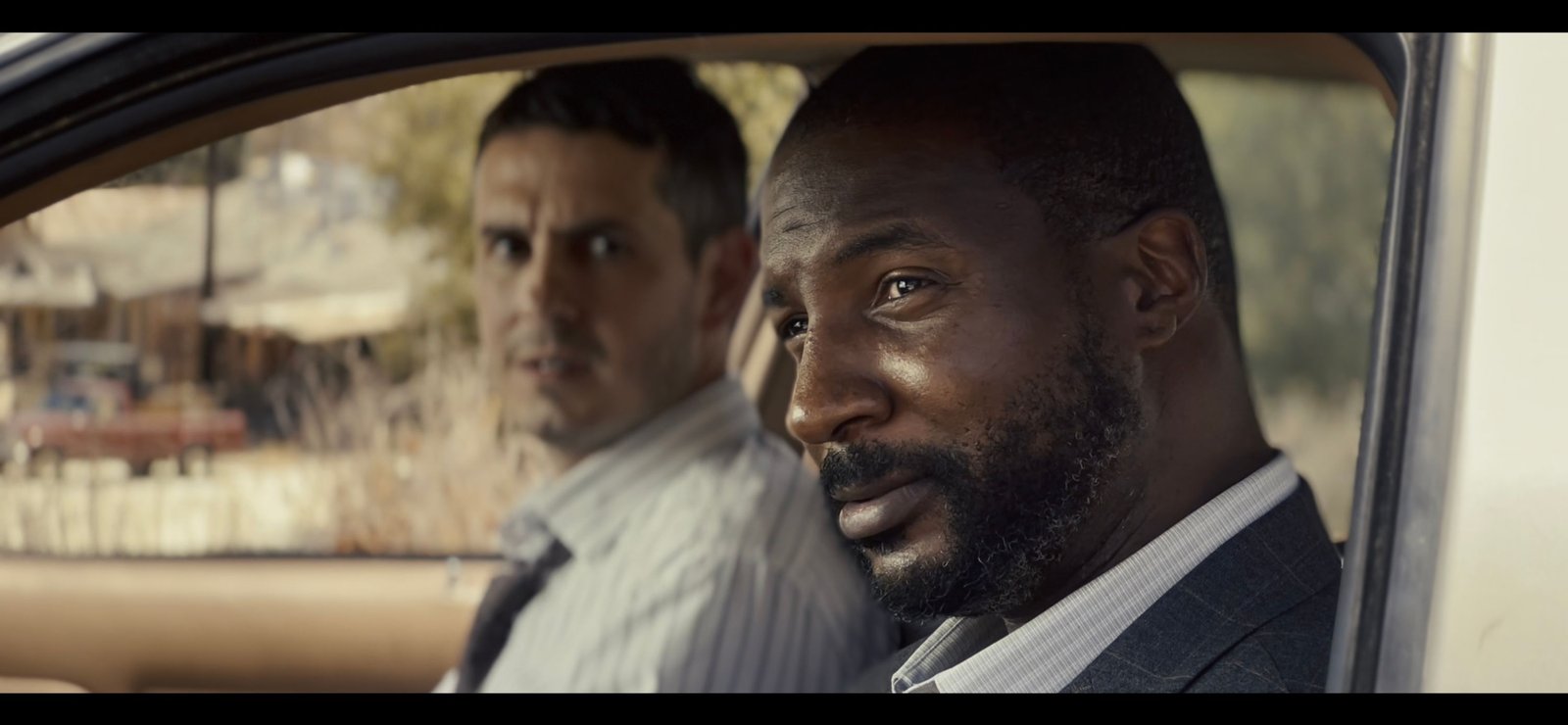Making rock ‘n’ roll icons out of mothers
Rolling Stone’s short film Rockin’ Mamas celebrates mothers for the rock stars they are, making their everyday roles the centre of an international integrated campaign. The film likens the everyday experience of mums everywhere to the life of a rock star: waking up fully dressed, having to get back onto stage, performing all night long. Every part of the campaign is very real, raw and human, and brings everything to the table: emotions, puke, ugliness, beauty. All of the women who starred in the campaign are in fact real mothers, including the video’s voiceover artist, the English singer DeeLayDee.
Creating a naturalistic set
The hero in Rockin’ Mamas isn’t the script, the lighting or the photography – it’s the mamas. Director of Photography Pierre Mouarkech tells us “the main mission was to keep it very real” and not allow technique to distract from the real relationships unfolding in front of the camera. Director Ali Ali insisted on casting real mothers and real children, so the priority was building sets in real homes where everyone would feel comfortable, and babies and children could act exactly as they normally would.

Making rock ‘n’ roll icons out of mothers
Mouarkech and Ali were delighted to have the chance to pay tribute to mothers. Both dads themselves, they worked closely with writers, producers and voice artists who were women and mothers in order to keep the content authentic. The film borrows a distinct visual style associated with rock icons, using strong flash photography to create black and white prints to secure the look. Mouarkech tells us that the focus of the edit was to bring out the cast’s attitude so that the film passes seamlessly “from mum to rockstar in every vignette.”

Achieving authenticity with lighting
The lighting is very minimalistic and real. It relies on window light and is often shot through a crack in the door so the lighting appears natural in each home setting. A key debate took place over black and white versus colour. However, Ali was keen on portraiture and making prints of the cast with the film grain and noise on them. These prints were much more powerful in black and white, reassuring the team that black and white was the right decision for the film as well.










